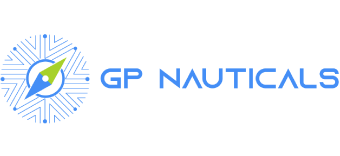Richard Branson reaches space in a Virgin Galactic spacecraft
Richard Branson, the founder of Virgin Group, broke the atmospheric barrier on July 11 aboard a Virgin Galactic spacecraft to test and evaluate the experience for his future customers that wish to go sightseeing in space.
That was the first of three test flights to be made with a crew on a Virgin Galactic spacecraft before starting commercial operations scheduled for 2022.
The company plans to make at least 400 flights a year from Spaceport America, and so far, they have managed to sell approximately 600 tickets to people in 60 countries for $250,000.
Branson traveled to space in the VSS Unity, along with two pilots and three other passengers. They took off horizontally from Spaceport America, and they reached an altitude of about 15 kilometers. The spacecraft detached and began a supersonic ascent, reaching an altitude of more than 80 km (the established U.S. point for the space frontier).
When the engine was shut down, the passengers were able to admire the curvature of the Earth from one of the cabin windows, detached from their seats, and floated for a few minutes in weightlessness.
“Honestly nothing can prepare you for the view of the Earth from space,” Branson said during the ceremony following their successful landing in New Mexico.
“Our mission is to make space more accessible to everyone. In that spirit, and with today’s successful flight of VSS Unity, I am thrilled to announce a partnership with Omaze and Space for Humanity to inspire the next generation of dreamers. For too long, we have looked with awe at yesterday’s space pioneers. Now, I want tomorrow’s astronauts to look ahead and realize their dreams,” added.
